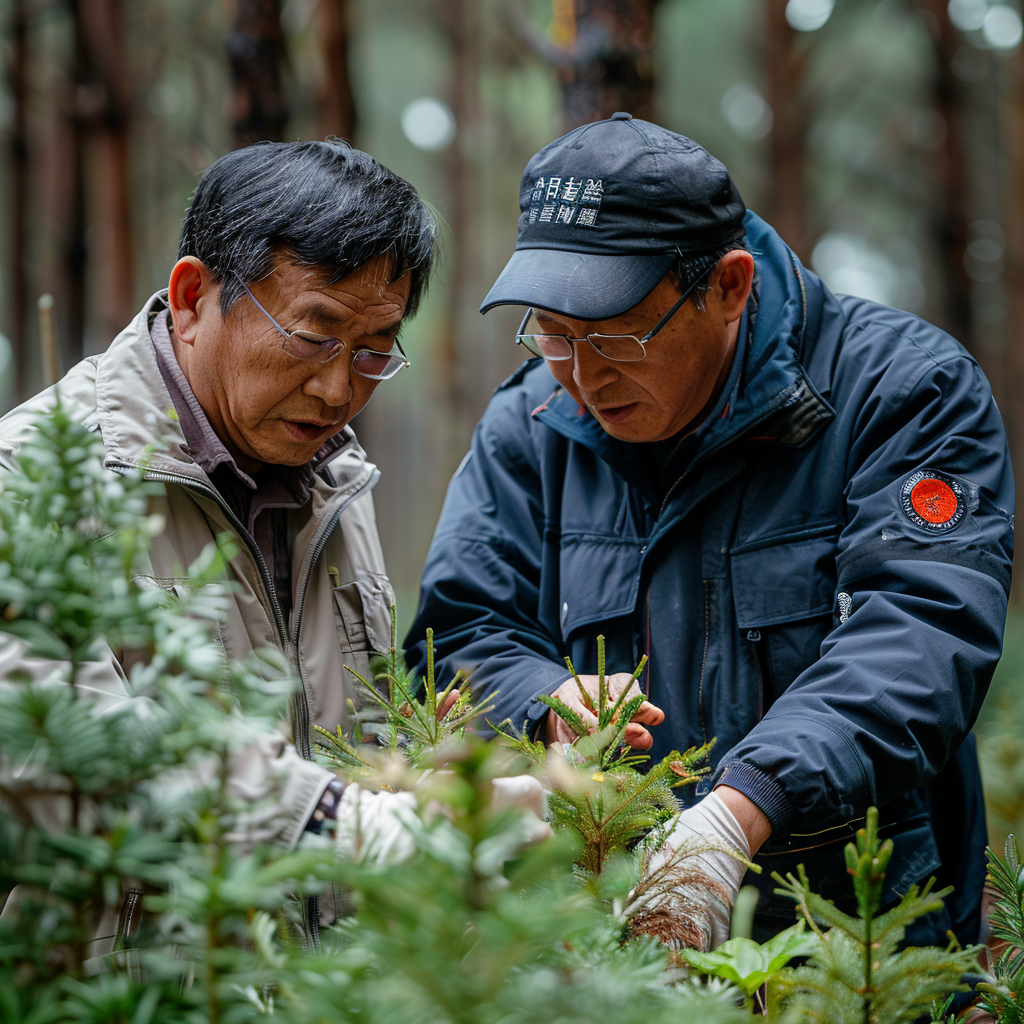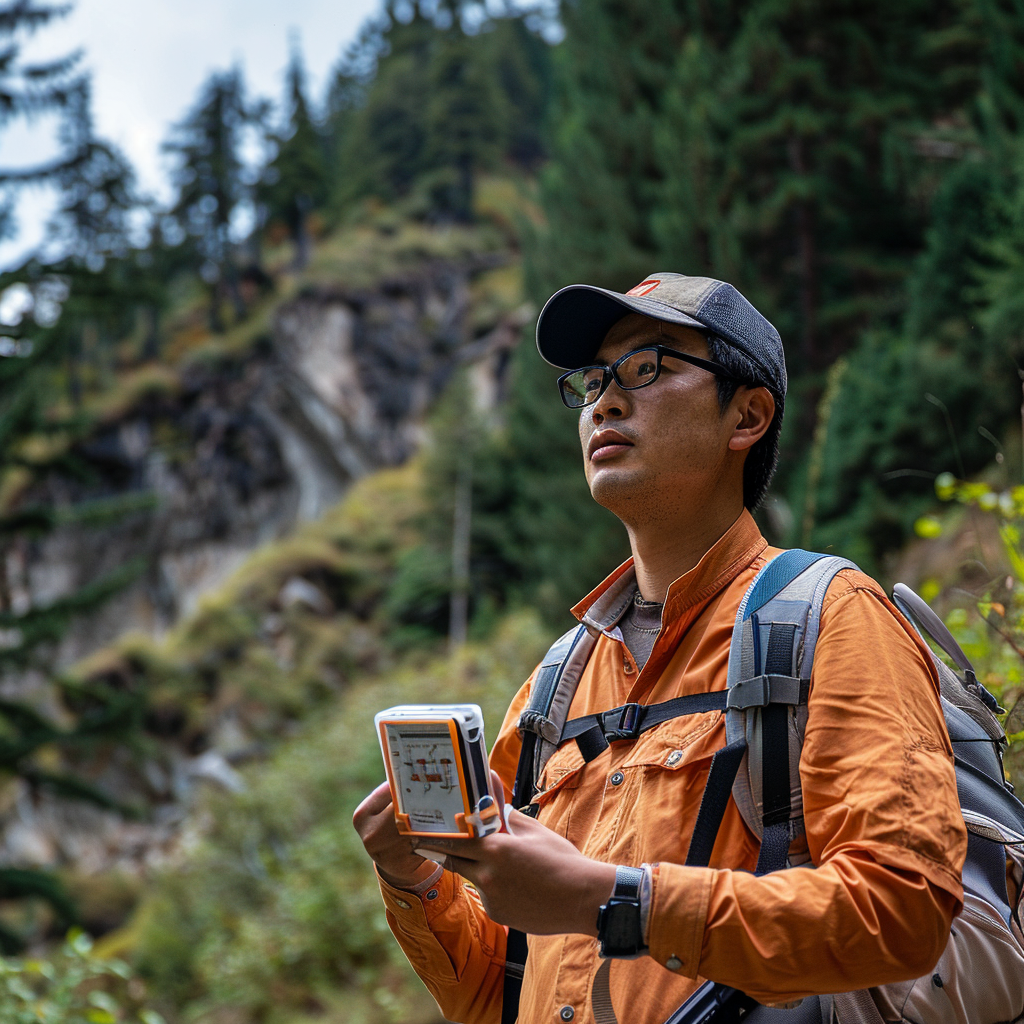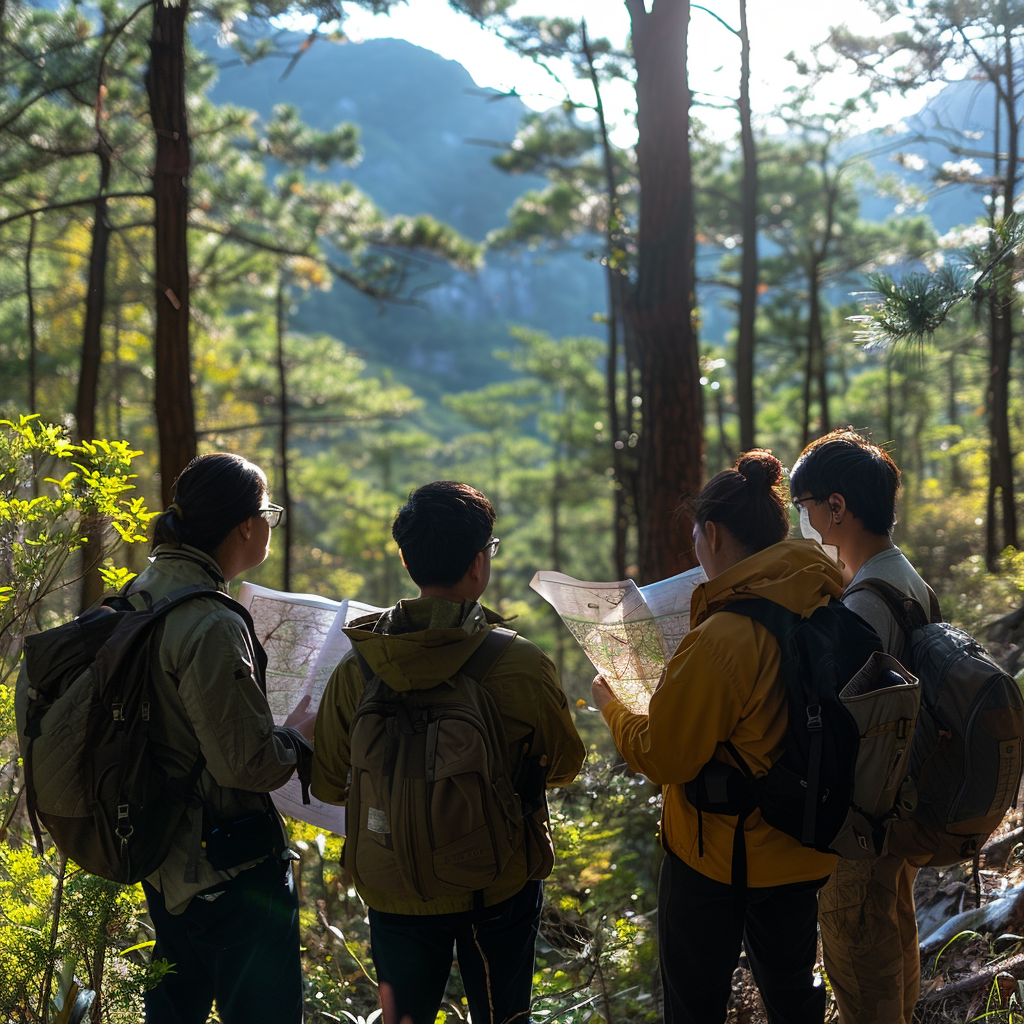发布:2025-07-04 浏览:0
在林业资产的价值版图中,生物多样性犹如一座 “隐形宝库”,蕴藏着远超木材经济价值的生态、社会与文化财富。对林业资产进行价格评估时,科学量化生物多样性价值是关键一环,这需要借助多元评估方法,揭开其 “隐形财富” 的神秘面纱。
In the value map of forestry assets, biodiversity is like an "invisible treasure trove", containing ecological, social, and cultural wealth far beyond the economic value of timber. When evaluating the price of forestry assets, scientifically quantifying the value of biodiversity is a key step, which requires the use of multiple evaluation methods to uncover the mystery of their "hidden wealth".
直接使用价值:看得见的 “物质馈赠”
Direct Use Value: Visible 'Material Gifts'
生物多样性的直接使用价值,体现在林业资源为人类提供的 tangible 产品,如木材、果实、药材、花卉等。评估这类价值时,市场价值法是最基础的手段。以木材为例,通过统计林分中不同树种、胸径、蓄积量的木材产量,结合当前市场价格与运输成本,可计算出木材的直接经济价值。对于药用植物、食用菌等非木质林产品,需调研其市场流通量、单价及可持续采集量,避免过度采集对生态造成破坏。
The direct use value of biodiversity is reflected in the tangible products provided by forestry resources to humans, such as wood, fruits, medicinal herbs, flowers, etc. When evaluating such value, the market value method is the most fundamental approach. Taking wood as an example, the direct economic value of wood can be calculated by calculating the wood production of different tree species, breast height diameter, and volume in the forest stand, combined with current market prices and transportation costs. For non woody forest products such as medicinal plants and edible mushrooms, it is necessary to investigate their market circulation, unit price, and sustainable collection volume to avoid excessive collection and ecological damage.
间接使用价值:生态服务的 “隐性账本”
Indirect Use Value: The Hidden Ledger of Ecological Services
生物多样性的间接使用价值,主要体现在森林生态系统提供的调节服务与支持服务,如碳汇、水土保持、气候调节、生物防治等。这些服务虽不直接产生市场交易,却对人类生存与经济发展至关重要,评估时需借助替代成本法、影子工程法等间接手段。
The indirect use value of biodiversity is mainly reflected in the regulatory and supportive services provided by forest ecosystems, such as carbon sinks, soil and water conservation, climate regulation, and biological control. Although these services do not directly generate market transactions, they are crucial for human survival and economic development, and evaluation requires the use of indirect methods such as alternative cost method and shadow engineering method.
碳汇价值:森林通过光合作用固定二氧化碳,是重要的 “碳库”。评估时采用 “碳价格法”,根据林木生长量、生物量换算成碳储量,乘以碳交易市场价格(如区域碳配额单价或国际碳汇市场参考价)。
Carbon sink value: Forests fix carbon dioxide through photosynthesis and are an important "carbon reservoir". When evaluating, the "carbon pricing method" is used, which converts the growth and biomass of trees into carbon stocks and multiplies them by the carbon trading market price (such as regional carbon quota unit price or international carbon sink market reference price).
水土保持价值:包括减少土壤侵蚀、涵养水源两部分。减少土壤侵蚀的价值可通过 “影子工程法” 计算,即假设没有森林覆盖时,需修建多少挡土墙、排水沟等工程来替代森林的固土功能,以工程建设成本估算其价值;涵养水源价值则通过测算森林对降水的截留、下渗量,换算成水库蓄水的等价容量,结合水库建设与维护成本评估。
The value of soil and water conservation includes reducing soil erosion and conserving water sources. The value of reducing soil erosion can be calculated through the "shadow engineering method", which assumes that there is no forest cover, how many retaining walls, drainage ditches, and other projects need to be built to replace the forest's soil stabilization function, and their value can be estimated based on the construction cost of the project; The value of conserving water sources is calculated by measuring the interception and infiltration of precipitation by forests, converting it into the equivalent capacity of reservoir storage, and evaluating the cost of reservoir construction and maintenance.
气候调节与生物防治:森林通过蒸腾作用降低局部温度、增加湿度,其气候调节价值可利用 “享乐价格法”,分析周边地区因森林存在而降低的空调能耗、农作物增产等效益;生物防治价值则通过统计森林中害虫天敌(如鸟类、寄生蜂)的控害效果,换算成减少农药使用的经济收益。
Climate regulation and biological control: Forests reduce local temperature and increase humidity through transpiration, and their climate regulation value can be analyzed using the "hedonic price method" to assess the benefits of reduced air conditioning energy consumption and increased crop yields in surrounding areas due to the presence of forests; The value of biological control is calculated by assessing the pest control effects of natural enemies (such as birds and parasitic wasps) in forests, and converting them into economic benefits from reducing pesticide use.
非使用价值:超越功利的 “存在意义”
Non use value: Beyond utilitarian 'meaning of existence'
生物多样性的非使用价值,包括存在价值(如人类对物种存续的伦理关怀)和遗产价值(为后代保留生态资源的意愿),这类价值无法通过市场交易体现,需借助意愿调查法(CVM)进行评估。具体步骤如下:
The non use value of biodiversity, including existence value (such as human ethical concern for species survival) and heritage value (the willingness to preserve ecological resources for future generations), cannot be reflected through market transactions and needs to be evaluated using the method of willingness survey (CVM). The specific steps are as follows:

引导支付意愿:通过问卷或访谈,询问受访者 “是否愿意为保护该森林支付一定费用”(如每年 100 元),或 “是否愿意支持政策措施(如提高林业碳汇补贴)”,统计愿意支付的人群比例及平均支付金额。
Guiding willingness to pay: Through questionnaires or interviews, ask respondents whether they are willing to pay a certain fee for protecting the forest (such as 100 yuan per year) or whether they are willing to support policy measures (such as increasing forestry carbon sequestration subsidies), and calculate the proportion of people willing to pay and the average payment amount.
修正与估算:考虑受访者的收入水平、环保意识等因素,对数据进行修正,最终估算出该林业资产的存在与遗产价值。这种方法虽带有主观性,但能捕捉到公众对生物多样性的情感认同与伦理价值,是其他方法无法替代的。
Correction and estimation: Taking into account factors such as the income level and environmental awareness of the respondents, the data is adjusted to ultimately estimate the existence and heritage value of the forestry asset. Although this method is subjective, it can capture the public's emotional identification and ethical values of biodiversity, which cannot be replaced by other methods.
挑战与优化:让 “隐形财富” 显形
Challenge and Optimization: Making 'Invisible Wealth' Visible
生物多样性价值评估面临多重挑战:一是部分生态服务(如微生物多样性的基因库价值)难以量化,二是不同评估方法的结果可能存在差异,三是区域尺度的评估需整合大量生态与社会经济数据。为提升评估精度,可采用综合评估框架,结合遥感技术(监测森林覆盖与物种分布)、生态模型(如碳循环模型、水文模型)与社会调查,多维度交叉验证。例如,评估某流域防护林的生物多样性价值时,先用遥感数据测算森林面积与植被类型,再用生态模型计算碳汇、水土保持效益,最后通过意愿调查补充其景观美学与文化价值,形成立体化的价值图谱。
The assessment of biodiversity value faces multiple challenges: firstly, some ecological services (such as the gene pool value of microbial diversity) are difficult to quantify; secondly, the results of different assessment methods may vary; thirdly, regional scale assessments require the integration of a large amount of ecological and socio-economic data. To improve the accuracy of evaluation, a comprehensive evaluation framework can be adopted, combining remote sensing technology (monitoring forest cover and species distribution), ecological models (such as carbon cycle models, hydrological models), and social surveys for multidimensional cross validation. For example, when evaluating the biodiversity value of a watershed protective forest, remote sensing data is first used to calculate forest area and vegetation type, followed by ecological models to calculate carbon sequestration and soil and water conservation benefits. Finally, a willingness survey is conducted to supplement its landscape aesthetic and cultural value, forming a three-dimensional value map.
本文由林业资产价格评估友情奉献.更多有关的知识请点击:http://www.jyslpg.com我们将会对您提出的疑问进行详细的解答,欢迎您登录网站留言.
This article is contributed by the Friendship Contribution of Forest Resource Asset Evaluation For more information, please click: http://www.jyslpg.com We will provide detailed answers to your questions. You are welcome to log in to our website and leave a message




















